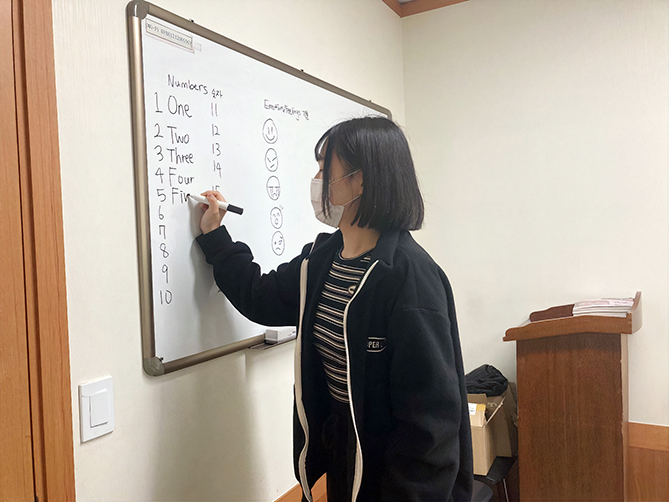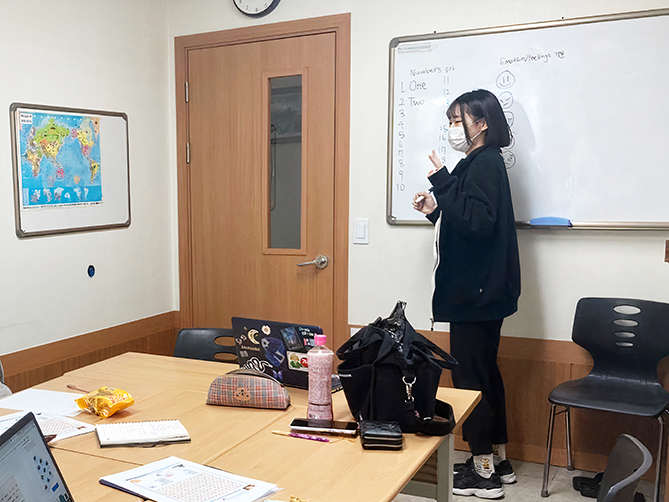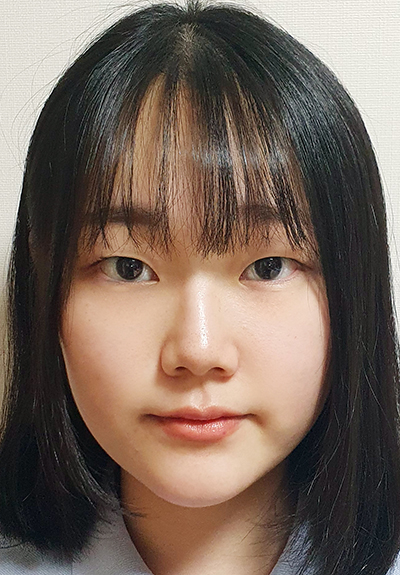Participating in volunteering has been a real challenge over the past year as social distancing guidelines have sidelined most programs. While the impact of volunteering on a student’s college application is debatable, there is no argument of the impact volunteering has on the recipients. Last year, I chose to become a member of Teach North Korean Refugees (TNKR), a Korean volunteer group that offers free English classes to children from North Korea. I was to teach English to the children of refugees who had escaped from North Korea and I thought it would be a unique opportunity to help our brethren from the north.
I, like most South Koreans, had never met a North Korean refugee before and was curious to meet them. However, I did not want to act like I was there to observe them as though they were some newly discovered species. They would surely take offense to that. Thus, I undertook some research to get acquainted with the lives and social issues of North Koreans who now live in the south. I discovered that over 30,000 North Korean defectors live in South Korea and that 74% of them are women. Furthermore, about 10% “have specific vulnerabilities, such as being single parents or senior citizens.” http://www.koreaherald.com/view.php?ud=20190908000120.

As TNKR’s usual policy is to allow a pair of students from each school to participate in teaching a pair of refugee students on a monthly basis. However, with social distancing guidelines putting the schedule in disarray, only the club leader and I have had a chance to teach the students so far. Before the class took place, the managers at TNKR GHSU gave us specific rules on how to interact with the children. We were told to never take photos with them or upload the photos or information of them on social media for their security. Also, we were encouraged to speak only English although the students were not fluent English speakers, since our monthly classes were their only opportunity to learn and live English.
As for the lectures, there were two children in my class session. As there were no English proficiency tests given before the start of the class to split up the students into appropriate levels, the older and younger children had to learn together. I thought that this might be a problem because they would not have similar English fluency due to the age difference. However, one of the managers explained that the students could not be compared to South Korean peers who received English education for years since most of the North Korean refugee children had had little to no English instruction before. Sure enough, the age difference never posed a problem at all; they were both of similar level.

The lecture starts with a group lecture where a topic is introduced on a whiteboard. I first taught them how to write their names in English because it was the most basic and important task for them. Then, I explained the vocabulary and expressions with an emphasis on pronunciation. I tried to get each student to participate as much as possible so that I could hear each student’s pronunciation. After the group instruction, I then moved on to individual worksheets with vocabulary, fill in the blanks, and coloring exercises. I then wrapped up the class with a YouTube English sing-along video.
The class was both fun and demanding. It was fun because the students were so eager and excited to learn English that I could see their enthusiasm on their faces. I had expected them to be shy and not talkative but they were boisterous from the start. However, the class was also demanding because even the basic communication, let alone teaching and learning, could be hard at times. For example, when I introduced myself and greeted them with “Nice to meet you.”, they exchanged glances trying to figure out what I’d just said and ended up responding in chrus “I don’t know.”. Furthermore, one student did not even know the alphabet so I had to exclude the difficult vocabulary worksheet from the lesson plan.

I have always been interested in helping North Korean refugees since my grandmother used to tell me stories about the devastating Korean War and kept emphasizing the importance of the unification of North and South Korea. However, actually meeting them in real life made me get rid of the stereotypes I had after watching documentaries about North Korean refugees. In such documentaries, the refugees are often portrayed as pathetic and poor in order for the broadcasting companies to earn donations. The students actually were just like typical South Korean students who like playing mobile games and hanging out with their friends at the game center. The experience of talking to them and conducting an English lesson for them corrected my misconception about the North Korean refugees and acknowledged the need to spread awareness about providing them better education to adapt to our society.

Moonjeong Seo
11th Grade
Seoul Scholars International

